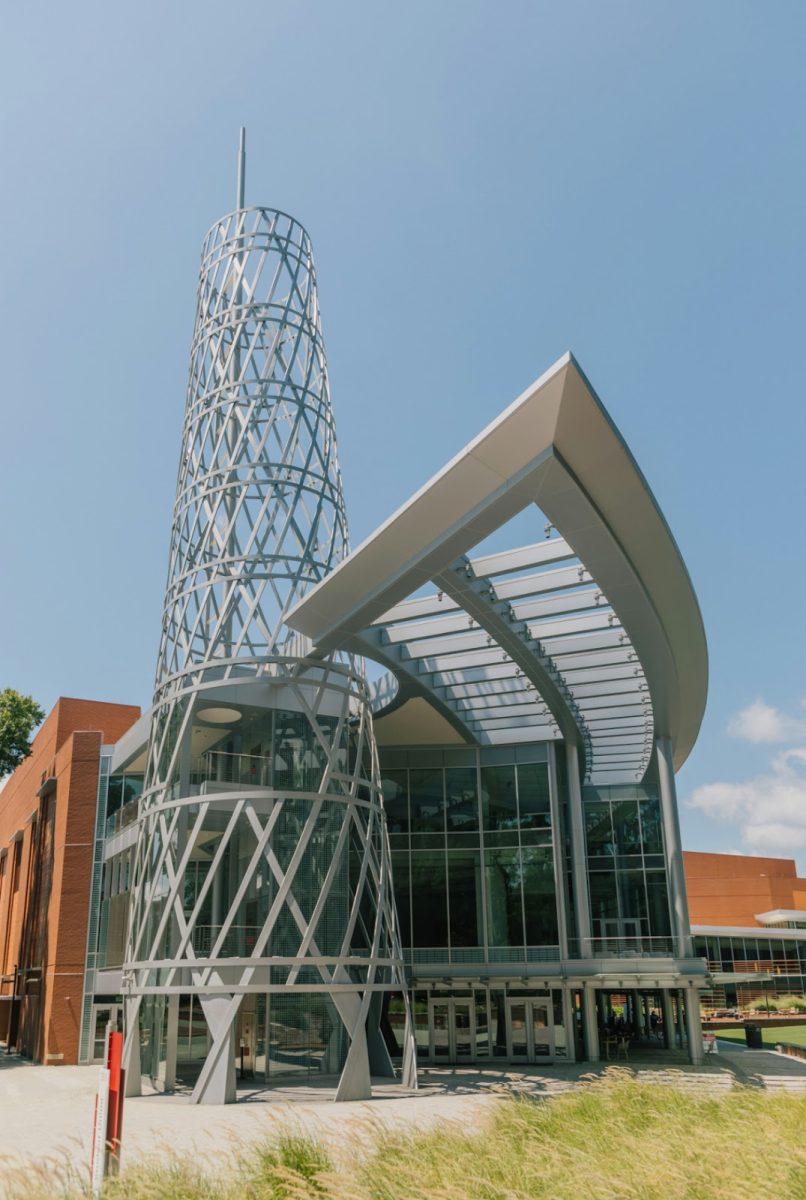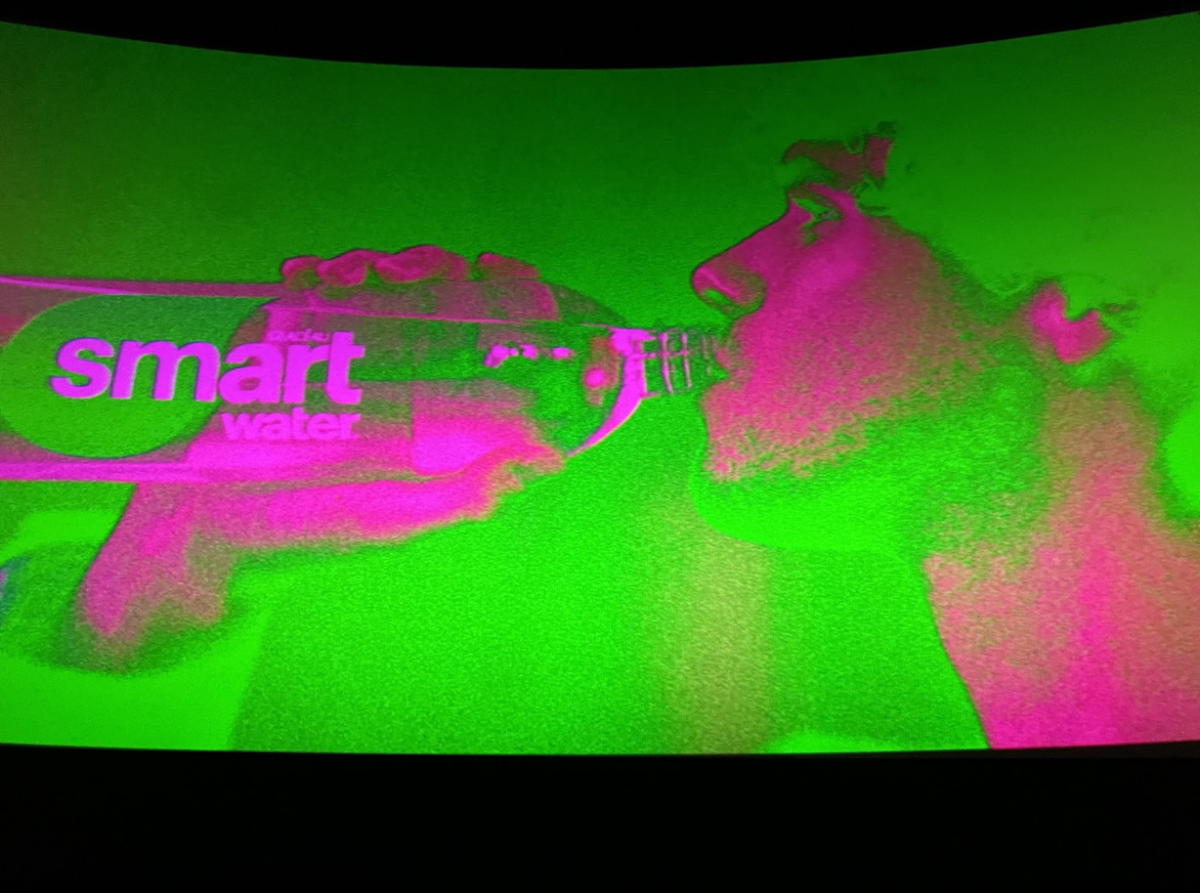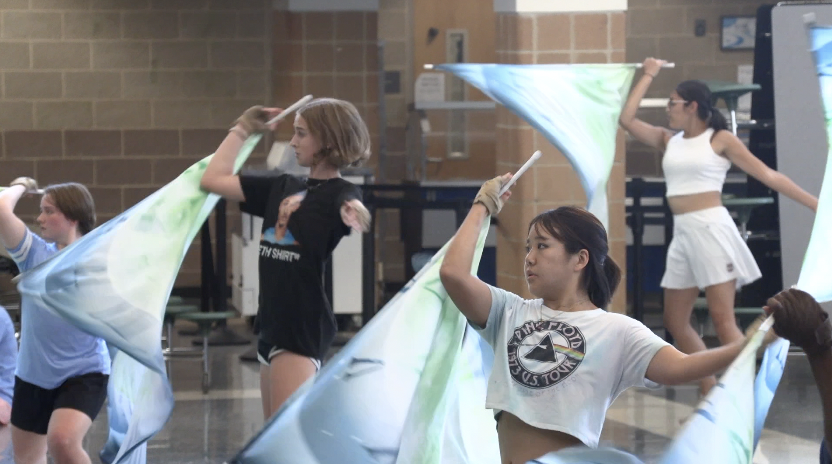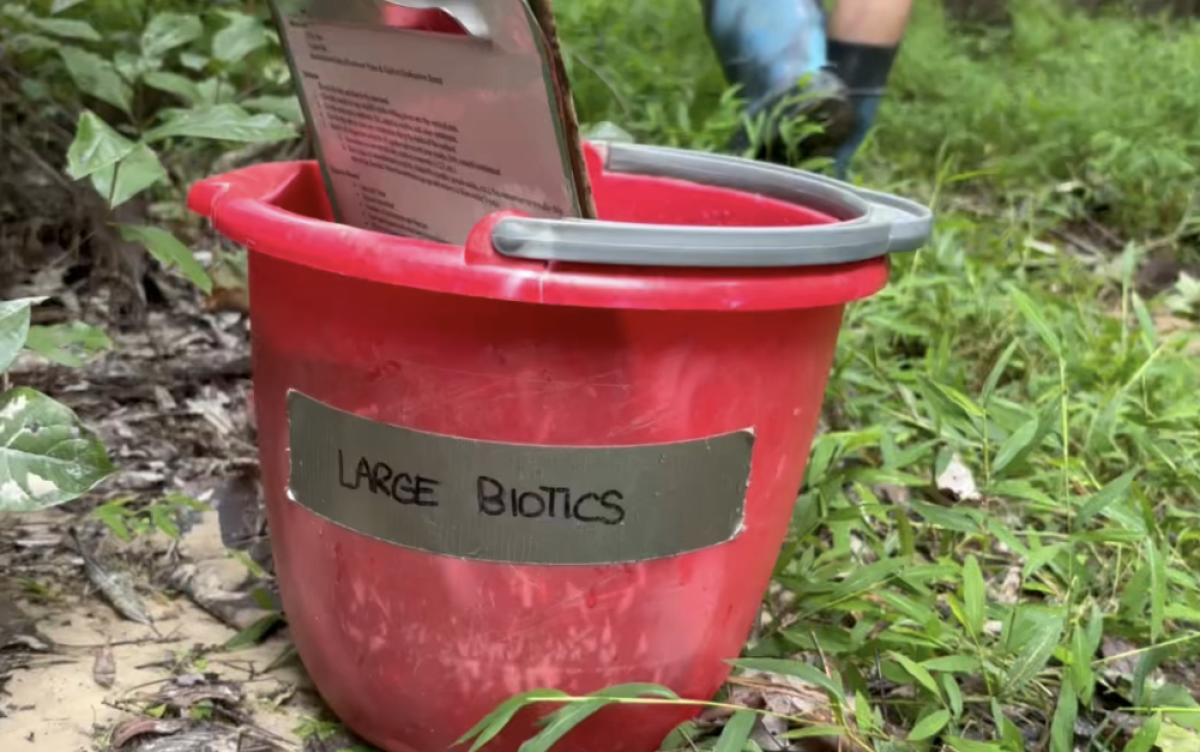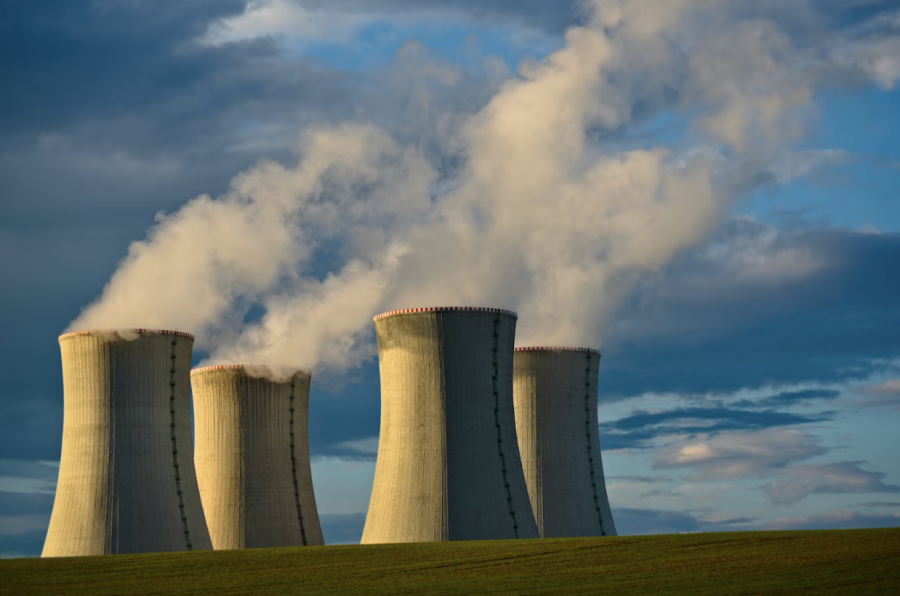Nuclear fusion: The future of clean energy?
The recent breakthrough in nuclear fusion energy could mean a plausible source of renewable energy in the future.
January 10, 2023
On December 13, 2022, scientists at the Lawrence Livermore National Laboratory in California achieved a milestone in the field of nuclear fusion and possibly renewable energy.
A nuclear fusion reaction produced net energy gain for the first time. The U.S. Energy Department announced it as a “major scientific breakthrough,” taking a step towards clean energy sources.
Nuclear fusion has long been a point of interest for clean energy, studied by astrophysicists to understand nuclear matter and the physics of celestial objects. Despite occurring naturally in stars, nuclear fusion took decades of research and experimentation in the laboratory to produce on Earth.
Although the energy nuclear fusion produces is similar to its counterpart, nuclear fission, the process is much harder to complete. “Fission is a lot easier. [Fusion] requires really high temperatures, really high pressures. It’s hard to sustain,” said Mrs. Nicole Reed, AP Chemistry teacher.
Interest in the practical applications of fusion energy started during the late 1940s and early 1950s, though researchers frequently encountered difficulties containing plasma at fusion reaction temperatures. The process entails two light atomic nuclei slamming into each other, fusing into a heavier nucleus that results in large amounts of clean energy- no carbon emissions involved.
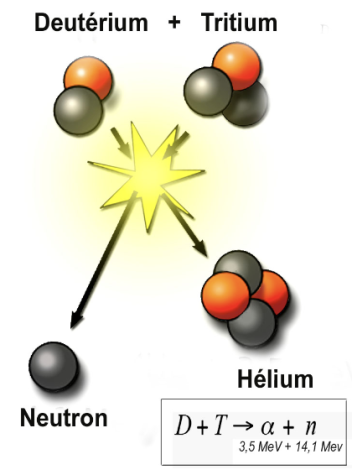
Ms. Reed explained the process, saying, “They’re taking hydrogen and combining that together in [a] cylinder encased in diamonds, so it’s under high pressure which is needed for nuclear fusion. They’re vaporizing it really quickly, and then under that high pressure, they are all going to combine, undergo that fusion process.”
Ms. Reed also noted the difficulty of obtaining specific conditions within the laboratory to properly sustain the reaction. “It’s been an issue of getting the right temperatures, having the right containment for it, and then being able to get it to the point where it will produce more energy than put in,” she said.
AP Chemistry student Caroline Fang (‘24) explained the challenges of successfully conducting the experiment, saying, “Because [the nucleus] has a positive charge, putting two positive charges together is very difficult.” In previous attempts at successful nuclear fusion, the energy used in creating the reaction was greater than the energy gained, resulting in a net energy loss. “[It requires] a high enough heat energy to [occur],” said Fang.
Despite holding enormous potential for the future of clean energy, critics claim that the breakthrough is only the start of harnessing the endless energy of nuclear fusion.
When asked about the plausibility of nuclear fusion becoming a source of renewable energy, Fang expressed her doubts, commenting, “Because of how much energy it takes, the energy released from nuclear fusion now isn’t going to be able to power [energy facilities], so you’re just going to keep losing energy.”
Ms. Reed further elaborated, saying, “It’s going to take a lot more. It’s going to take decades. It’s a great breakthrough, it’s significant, but there’s a lot of work [to do].” When calculated, the net energy gain totaled roughly 1.1 megajoules. “That’s not enough to sustain a power plant and use that energy for light, for heating, and for electronics and everything that we use on a daily basis,” said Ms. Reed.
Various experts also indicated their uncertainty about the current potential for the energy source. However, future research could lead to further strides toward utilizing nuclear fusion. Fang said, ”[It is] possible with more research [in] ways that we can permanently stimulate conditions necessary for it.”
While scientists continue researching renewable energy sources, the fusion breakthrough presents an additional possibility to such a reality.







